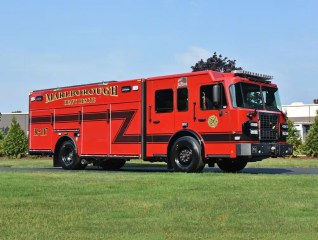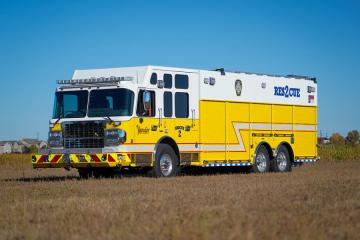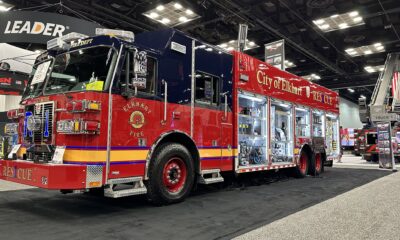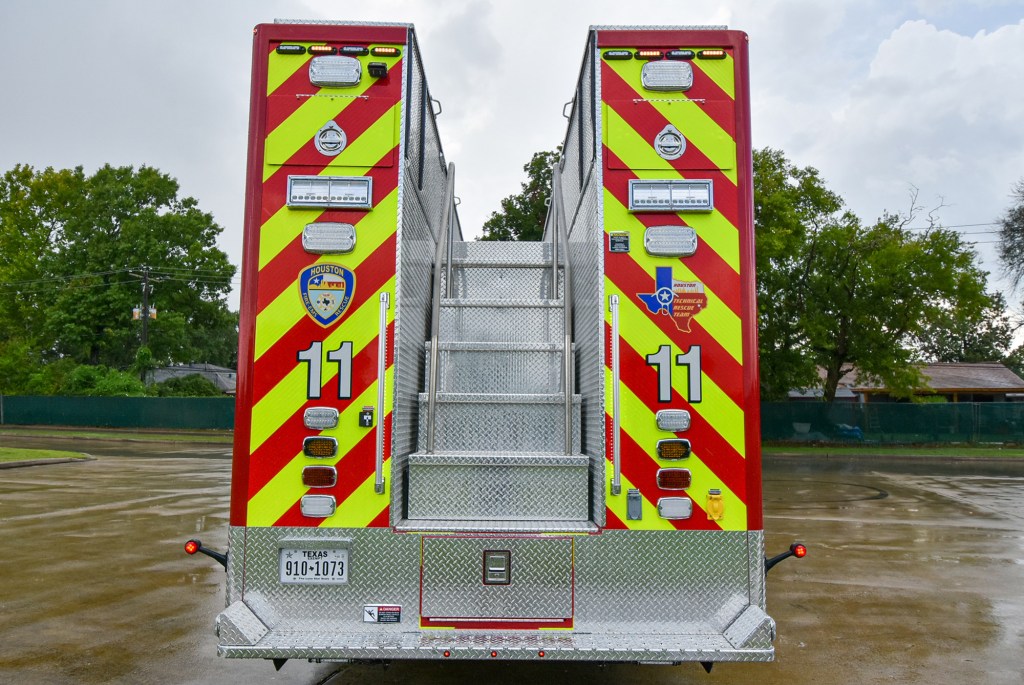With the polar vertex gripping a large part of the United States, it never hurts to review some important steps we need to take with our patients during an extrication. When did the clock start ticking for the patient? When the tones drop for us to respond or the moment the crash took place? With that in mind, consider us already behind the 8 ball for getting our patient to definitive care.
Weather conditions and traffic can add additional delays getting to our patient. The golden hour is a time window but hypothermia can develop quickly in trauma patients, unfortunately it cannot resolve quickly or easily. We need to treat our trauma patients accordingly and consider the freezing temperatures as danger to them.
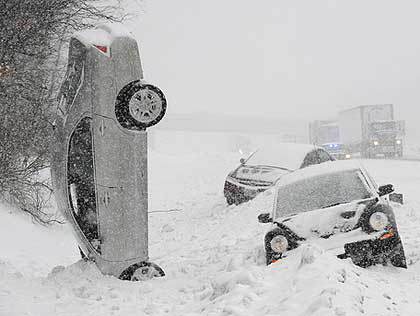 With hypothermia, a one step that we should take on the rescue/ambulance is setting the heat on the back of high so during the response the back is heating up. Limit opening the doors and do not leave them open on scene. Once we get on scene our initial survey or size up needs to include rather or not, the passenger compartment is still closed from the elements.
With hypothermia, a one step that we should take on the rescue/ambulance is setting the heat on the back of high so during the response the back is heating up. Limit opening the doors and do not leave them open on scene. Once we get on scene our initial survey or size up needs to include rather or not, the passenger compartment is still closed from the elements.
If the patient is protected from the elements than a using a ready heat blanket will aid in keeping the patient’s temperature up. If the patient is exposed to the elements additional heating procedures will need to be done if we expect an extended extrication. PACKEXE is a glass management tool that can be used to put over the side glass so it can remain in place and intact during the extrication.
The best strategy during cold weather extrication is to remove the patient from the elements quickly and get them into a warm ambulance. Part of an EMS assessment of trauma patients is to cut off their clothing to check for hidden injuries. Have warm blankets or ready heat blankets available to cover the patient and assess the upper extremities and quickly cover before completing your assessment.
Radiant heat loss between the environment and the patient’s skin is greater when a significant temperature gradient is present. Also consider placing heat packs at the patient’s head, lower back, and under each armpit. Make sure the heat packs are insulated and do not directly contact with skin.
For the medics out there, the IV fluid temperature is imperative to consider. Are the IV bags at room temperature? The temperature of the bay at the station? Hospitals want to see two IV lines in our trauma patients and that aggressive amount of fluid can lower the temperature of the patient quickly depending on the where the IV bags are stored.
Techniques
Heavy Stabilization & Lift Class
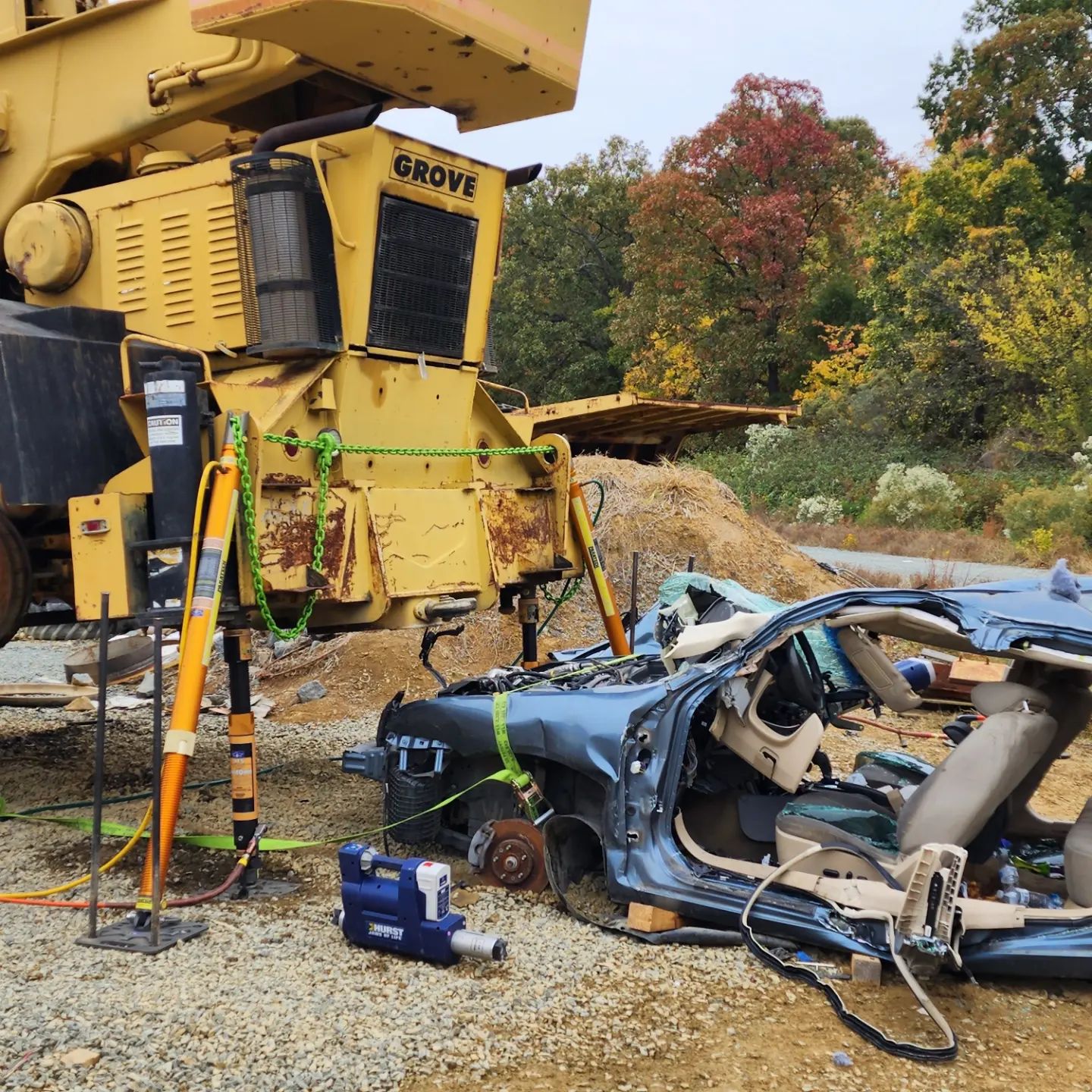
Heavy Stabilization & Lift Class
This weekend, Toranze Lee and Premier Extrication held their Heavy Stabilization and Lifting class taught. The class focused on advanced techniques using the Paratech equipment, eDraulic tools, grip hoists, vehicle stabilization methods, airbags for lifting, power tools, and the use of heavy wreckers for extrication.
Some of the departments that attended:
Training
Car into an apartment building
In Mississauga, Canada, a vehicle crashed into a large residential building and the damage could have impacted up to 4 stories. Mississauga Fire and Emergency Services stated the vehicle hit the window on the building’s second floor. The driver was extricated and transported to the hospital.
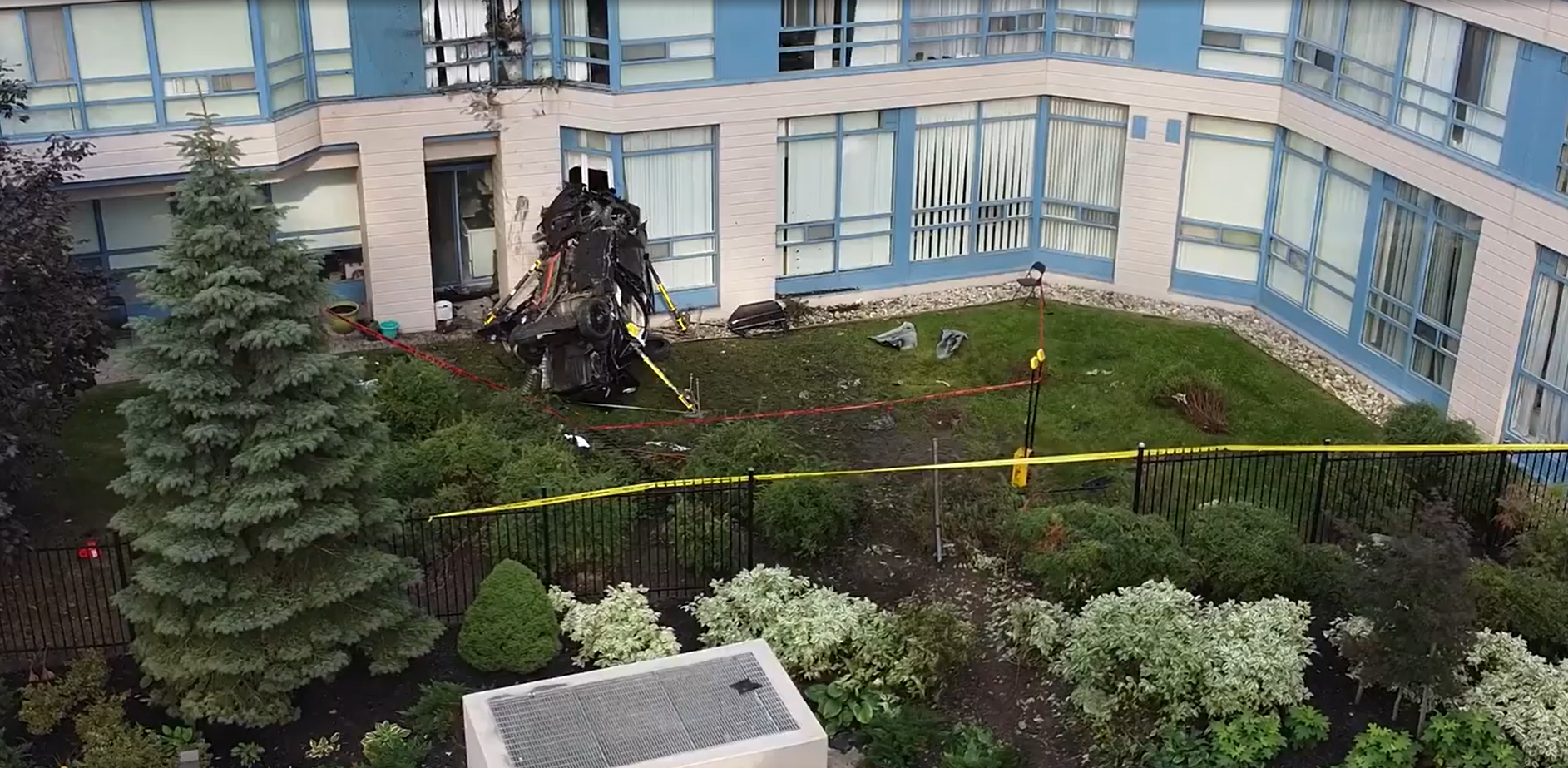
Car into an apartment building
In Mississauga, Canada, a vehicle crashed into a large residential building and the damage could have impacted up to 4 stories. Mississauga Fire and Emergency Services stated the vehicle hit the window on the building’s second floor. The driver was extricated and transported to the hospital.
Building Collapse
Houston Fire Department’s Trailer 11
Check out Houston Fire Department’s new Trailer 11 purchased from Metro Fire Apparatus Specialists, Inc. It’s packed for of Paratech equipment with room for more!

Houston Fire Department’s Trailer 11
Check out Houston Fire Department’s new Trailer 11 purchased from Metro Fire Apparatus Specialists, Inc. Check out the pictures below and make sure you follow the social media pages from Metro Fire Apparatus Specialists.

